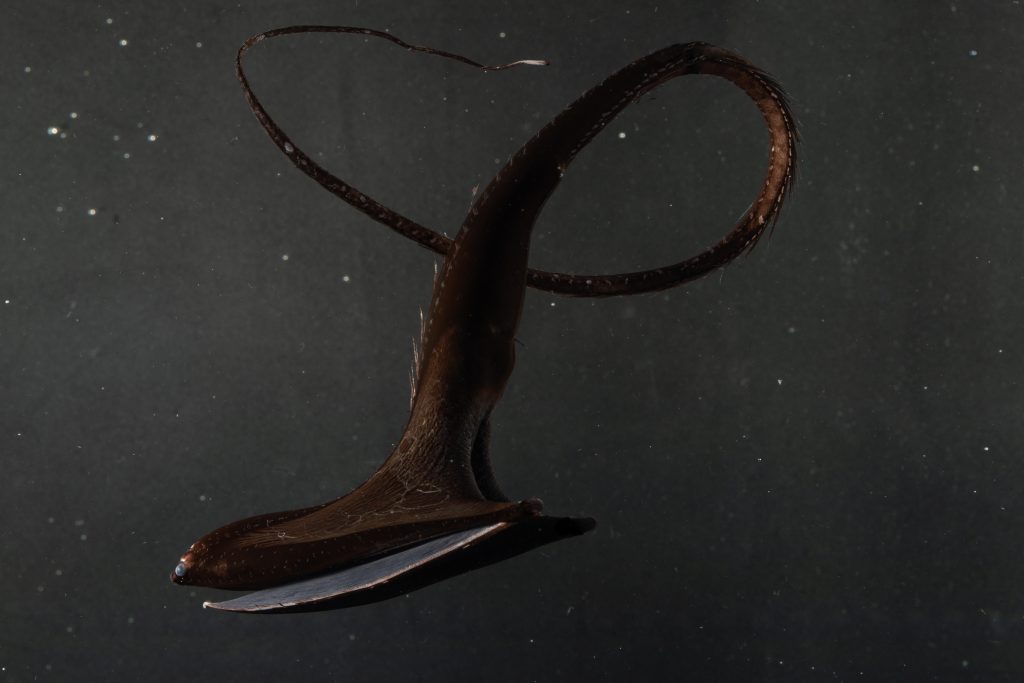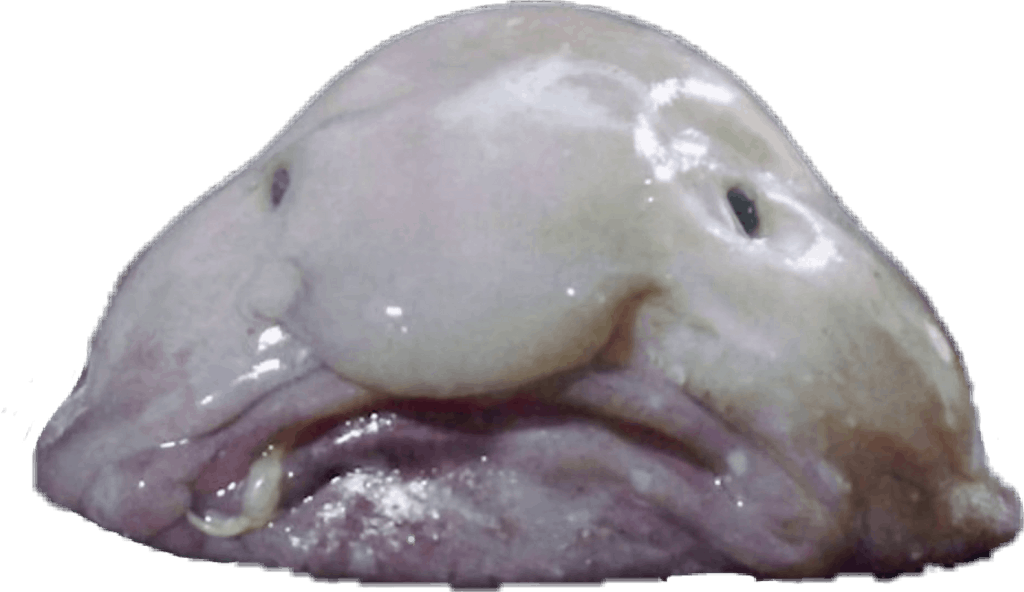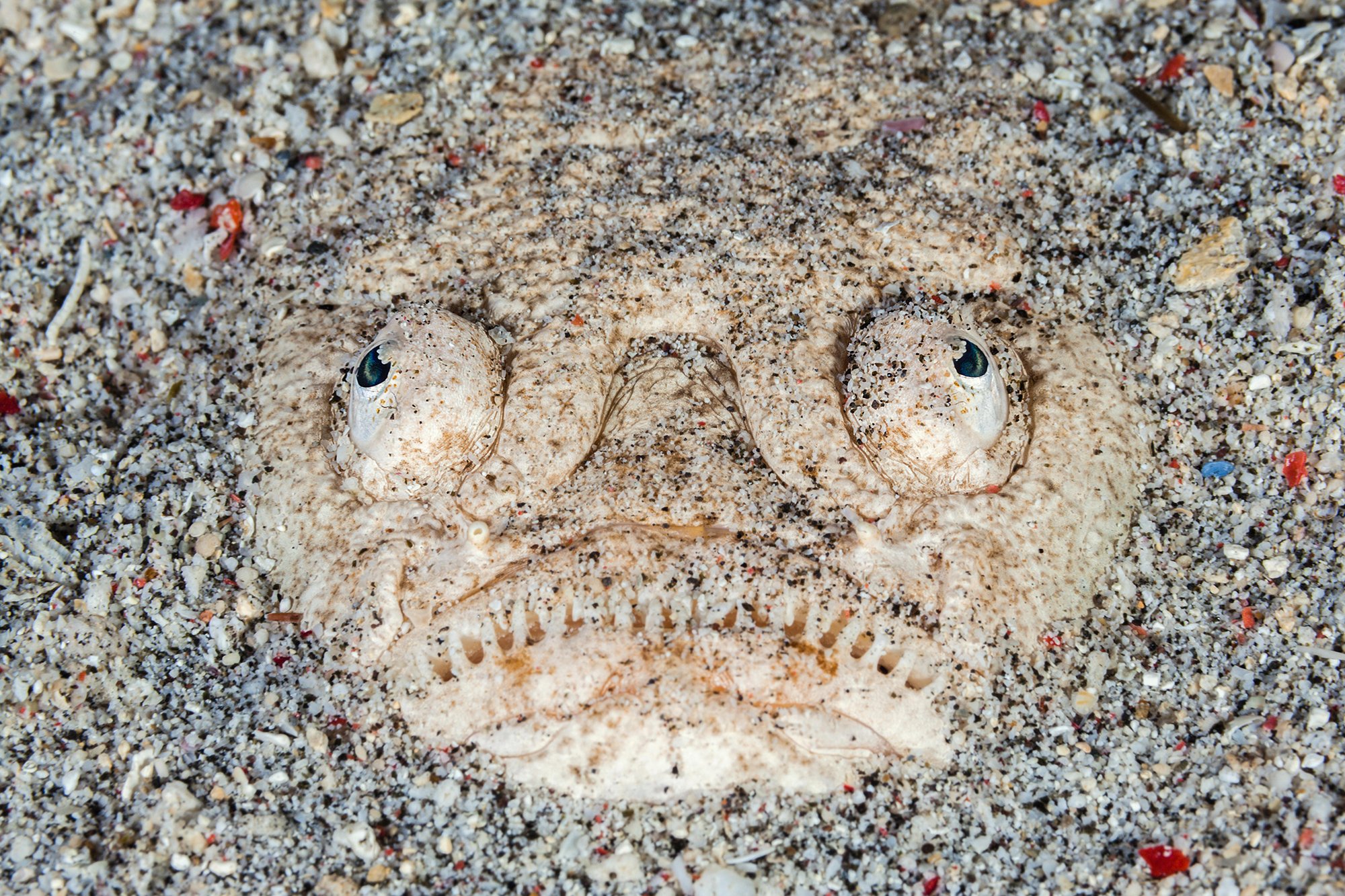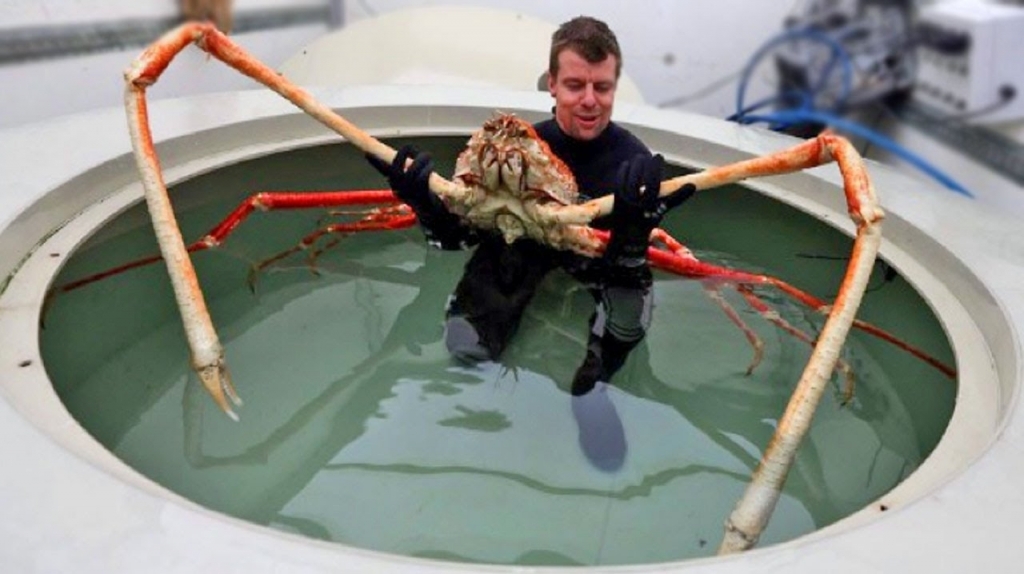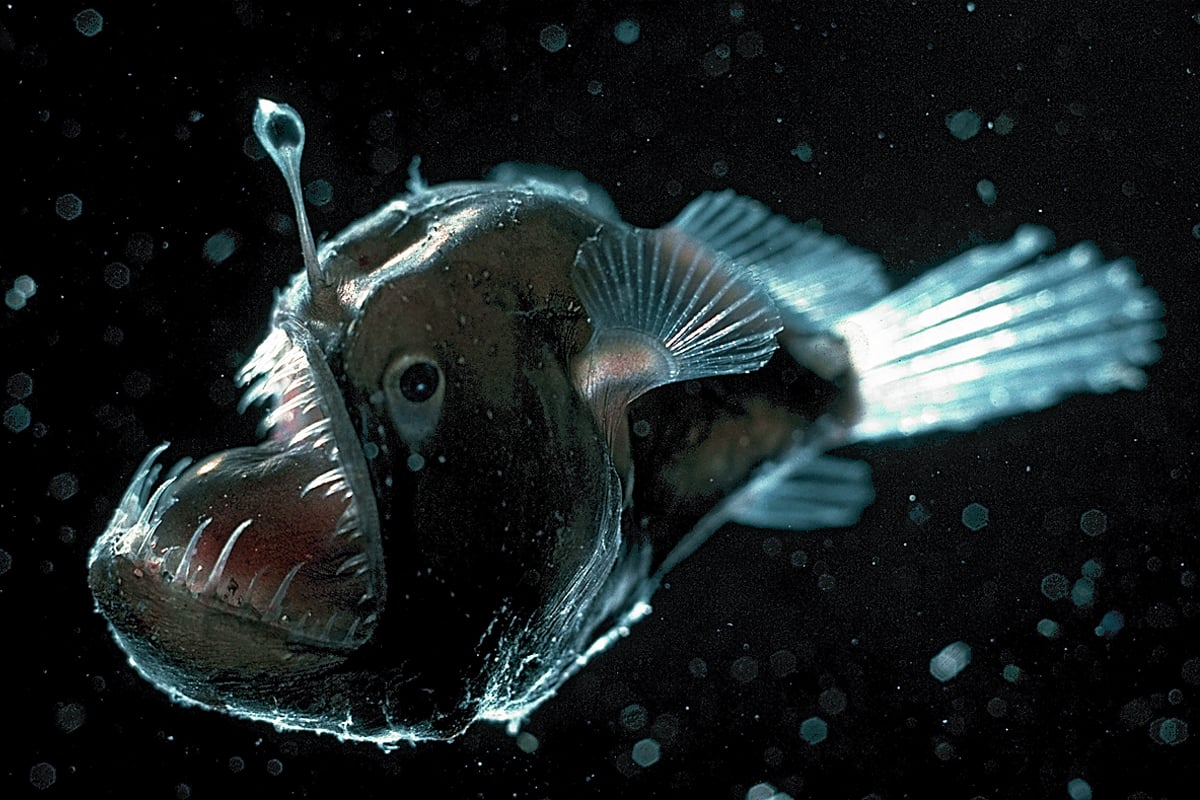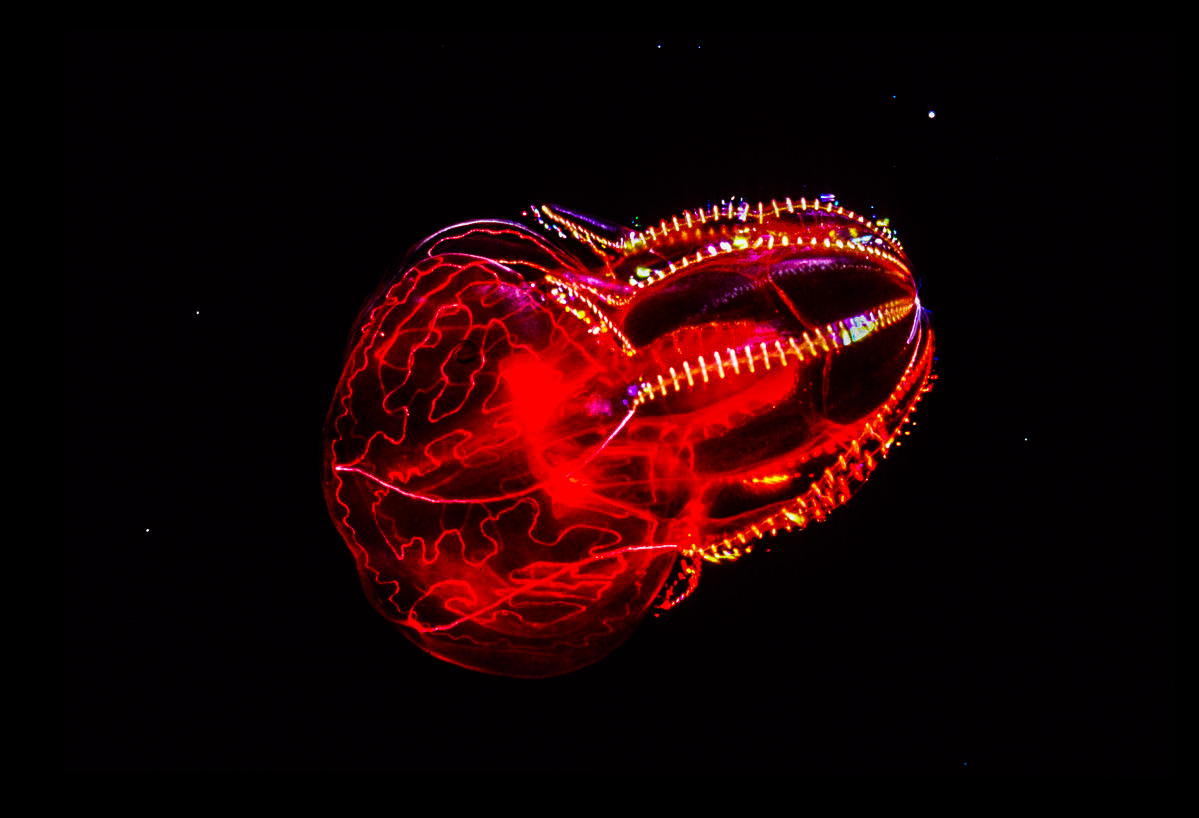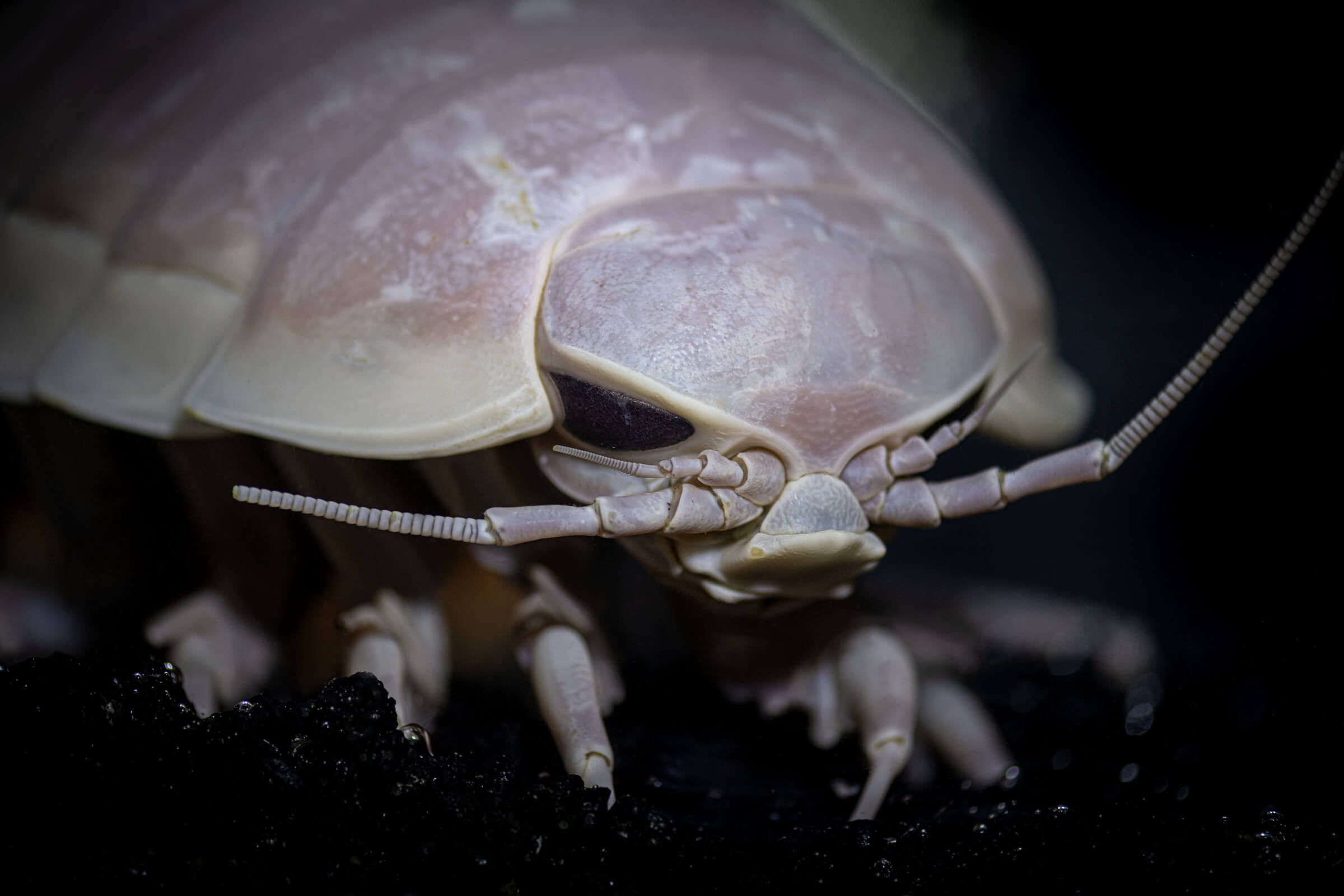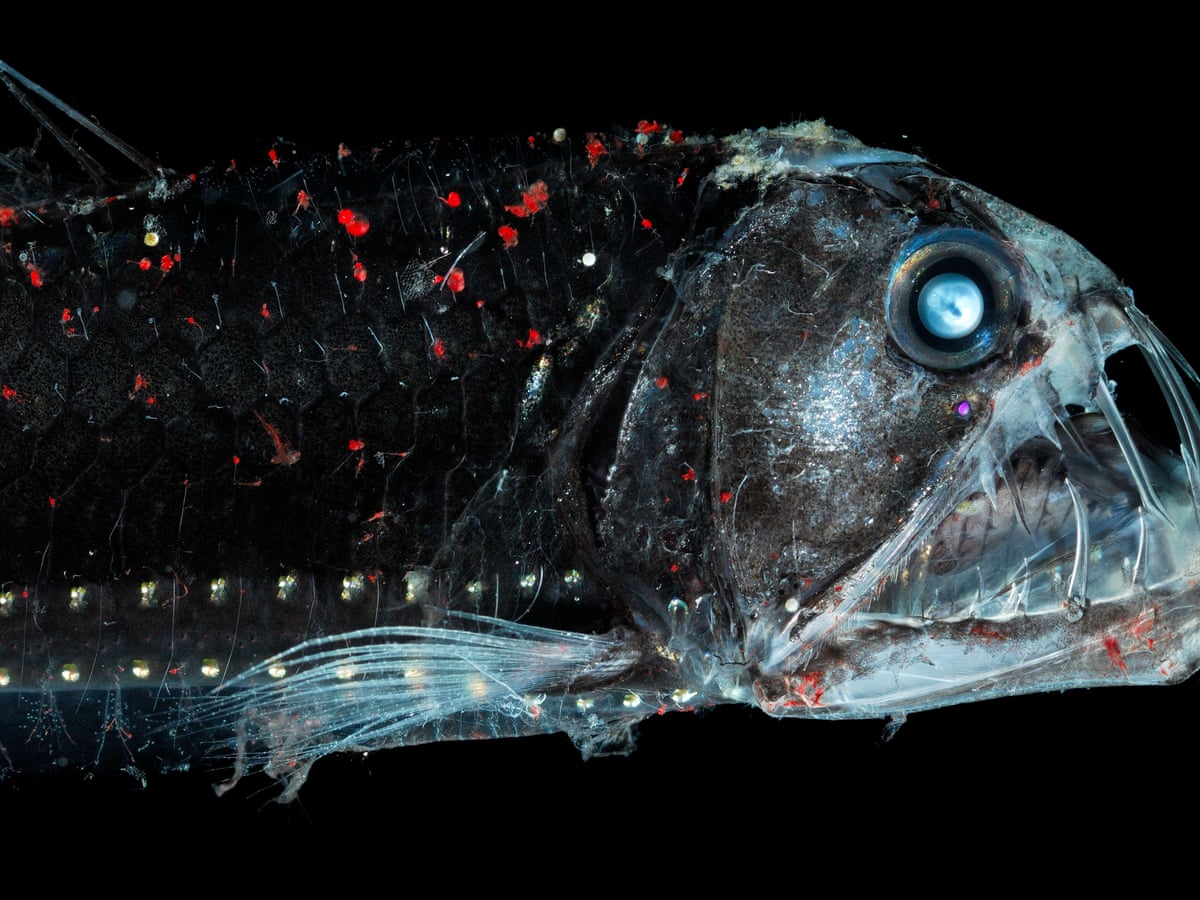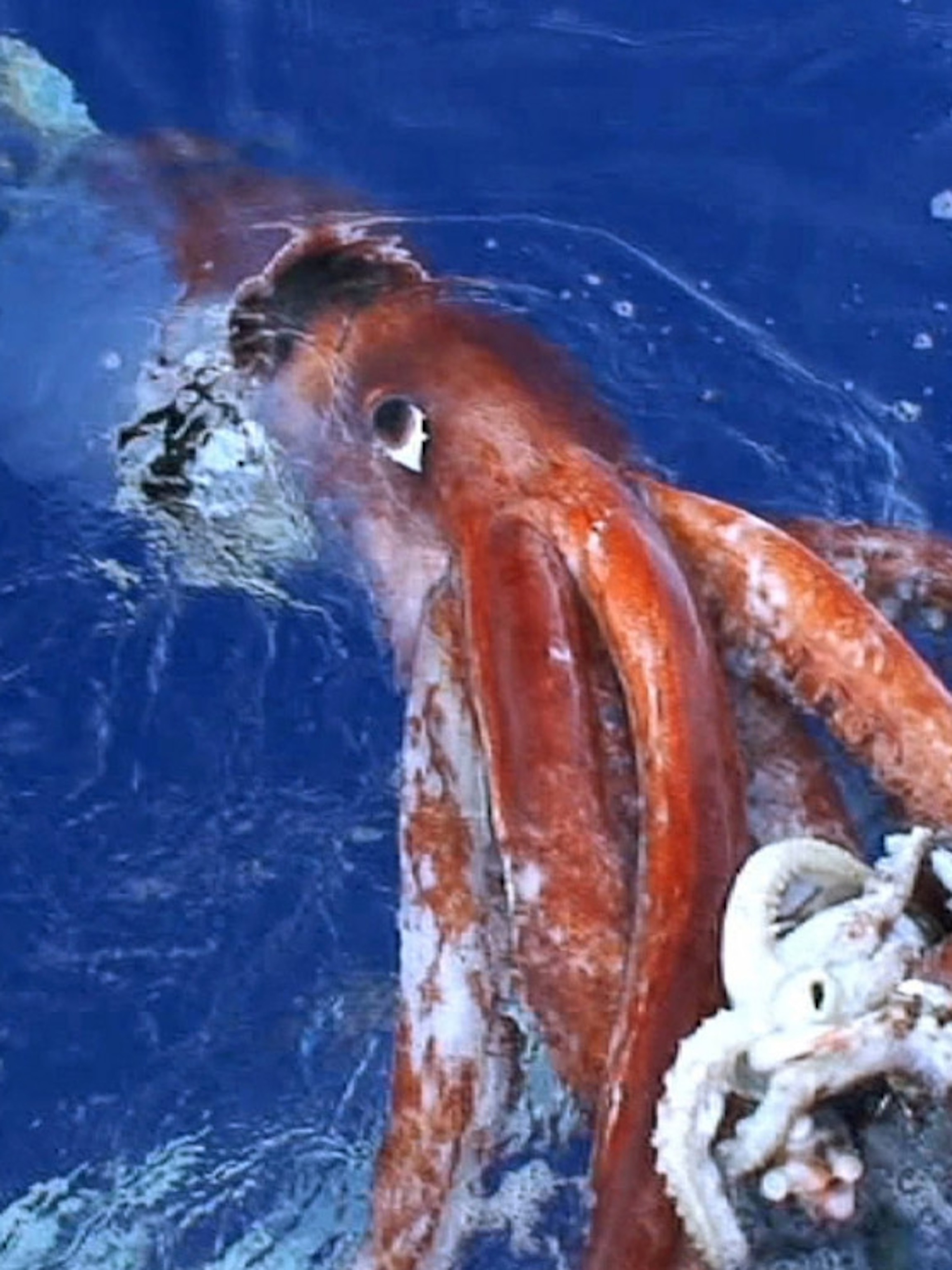Do you like horror films? If yes, then join our voyage under the sea. But remember, for the most part, reality is stranger than fiction. There is a world of unusual and unfathomable beings that challenge our comprehension of the natural world down beneath the seas where the sun’s rays scarcely reach. Most eerie underwater creatures you might think of, are the inhabitants of the deep, the water’s ghostly spectres. Here are some of the creepiest creatures you’d ever hope to encounter in the marine realm.
Frilled Shark
One of the most awkward-looking marine animals is the frilled shark, Latin name Chlamydoselachus anguineus. Given that the creature’s origins date back 80 million years, it certainly does appear to be an ancient beast. The frilled shark gets its name from the frilly look of its gills, and it may reach a length of almost three meters. Despite having the name shark, these creatures swim very much like eels in a sinuous manner. They typically consume their meal whole, primarily squid.
Gulper Eel
The enormous mouth and jaw of the gulper eel, also known as the pelican eel, give it the ability to swallow prey whole. Their enormous mouths enable them to hunt down prey that are larger than them, and they have the potential to grow up to six feet in length. This typically occurs during times of food scarcity; it is thought that gulper eels typically consume crustaceans and other small marine invertebrates.
Vampire Squid
Despite its appearance and its name, the vampire squid is oddly neither an octopus nor a squid. Despite having two tentacles and eight arms, the vampire squid is classified by scientists as a totally different species. Once more, the name may be misleading; these are filter feeders, not bloodsuckers, and in fact, rather passive hunters. Rather, the name derives from the skin that resembles a cape and is located between its arms.
Blobfish
When asked to imagine the ugliest creature imaginable, the blobfish may come to mind. It is a pale pink, gelatinous blob with a huge, sagging nose and a droopy, downturned mouth.
The blobfish is only truly unattractive when it is exposed to the surface. To stay buoyant, the majority of fish have swim bladders, which are air sacs inside their bodies. These sacs enlarge when fish are taken out of their natural habitats, causing the insides to protrude through the mouth. Actually, humans only consider blobfish to be ugly after they are dead, so before you point and laugh, maybe give it some thought.
Whitemargin Stargazer
Using double-grooved poison spines above its pectoral fins to sting pray, the white margin stargazer is a genuine tough guy and may be the only other fish that could compete with the blobfish for the title of ugliest creature in the water. The stargazer can sting prey with up to 50 volts thanks to electrical organs that are housed in a unique pouch below its eyes. Despite its name, the stargazer rarely emerges from its burrow; instead, it spends most of its time below ground, with the exception of its eyes.
Japanese Spider Crab
This crab resembles an enormous spider and is famous for having the longest leg span of any crustacean, measuring up to 3–4 metres from claw to claw. The Japanese spider crab is not a fierce predator despite its size. Rather, it scavenges for dead and rotting stuff by slowly walking across the seafloor with its long, spindly limbs. A further interesting aspect is that juvenile Japanese spider crabs occasionally dress themselves with kelp or sponges, maybe as a means of hiding from predators.
Anglerfish
The rod-like appendage emerging from the snout of this ferocious-looking deep-sea fish contains a tiny organ at the tip that is home to millions of bacteria that produce light. This fishing rod is the ideal lure to draw in interested prey since it casts a bright glob of light directly above the angler fish’s mouth. The anglerfish then does nothing except sit and wait for a fish to swim past that isn’t suspicious. Since there aren’t many prey items in the deep sea, anglerfish may be able to preserve energy while searching for their next meal by using this fishing technique.
Bloodybelly Comb
It is an extremely appealing animal. The bloodybelly comb jelly has a heart-shaped form and is deeply red in colour. It moves through the water thanks to cilia that beat constantly. Light refracts when it strikes the cilia, producing a glittering show. Strangely, because of its red hue, this jelly is almost undetectable to predators at the depths where it dwells. In the deep, dark waters of this jelly’s home, red light vanishes, and scientists surmise that its vivid red stomach aids in the concealment of bioluminescent prey that, if it remains glowing, may also turn the jelly into a meal.
Giant Isopod
There is a gigantic cousin of the pillbug, the roly-poly backyard bug, that dwells in the deepest parts of the ocean. Bathynomus giganteus, a giant isopod, forages on fish carcasses and other detritus that falls from above as it roams the deep abyss. The deep water is the huge isopod’s harsh environment. It can survive in the dark, more than 500 metres below the ocean’s surface, where there is a millionth of the sunlight that is present at the surface.
Viperfish
Chauliodus sloani, as it is scientifically known, is one of the most voracious predators of the deep. This fish is easily identified by its huge mouth and its pointed teeth that resemble fangs. These fangs are actually so big that they can’t fit inside the mouth. Rather, they veer back in close proximity to the fish’s eyes. It is believed that the viperfish swims at its prey at great speeds in an attempt to impale them with these sharp teeth.
Spindly Squid
Using a remotely operated vehicle (ROV), NOAA scientists observed a rare bigfin squid (of the species Magnapinna) in the Gulf of Mexico. The enormous, iridescent fins and strange elbow-like bends in its tentacles give the ghostly squid an extremely peculiar body design. Since its discovery in 1998, there have been less than 20 confirmed sightings of this deep-sea octopus.
Smiley Shark Discovered in 2022
The strange creature had a huge pointed nose, skin as rough as sandpaper, protruding eyes, and a menacing smile that looked human. The mystery surrounding the strange-looking creature that was pulled up from approximately 650 metres below the surface was heightened by the fact that no one is certain which species the grotesque-looking creature might belong to. Many shark specialists think that the unsettling creature was probably a gulper shark.
Skeleton Shrimp
Given their appearance, skeleton prawns are frequently referred to as “praying mantises of the sea.” They have three pairs of legs on their backs and two pairs on the front ends of their bodies. Strong “claws” formed by the front legs are used for defence, grooming, and food capture. Strong claws on the back legs allow them to cling to algae and other surfaces. They swim and filter feed using their antennae.
Skeletal shrimp are the prey of shrimp, sea anemones, and surfperch. In certain species of skeleton shrimp, the female kills the male after they mate.
The front legs of skeleton prawns are used for propulsion. They move like inchworms, grasping with their front legs first and then their back legs. They swim by bending quickly.
Goblin Shark
Since the goblin shark lived 125 million years ago, it is frequently referred to as a living fossil. At this point, the first ape-like mammals had barely started to appear. For obvious reasons, especially because of its eerie head and jutting sharp teeth, it is termed the goblin shark. It actually has 62 rows at the bottom and 53 rows at the top. It slingshots its jaw forward to feed. We could eat a piece seven feet away from our faces if we could eat that way. Their skin is transparent, giving them a pinkish hue.
Colossal Squid
The enormous giant squid holds numerous records and is found in the deep waters surrounding Antarctica. It is not just the biggest invertebrate on the planet, but it also boasts the biggest eyes of any animal—bigger than the great whales. With combined body and tentacle lengths of up to 14 metres and a minimum weight of 500 kilogrammes, the gigantic squid is a massive predator found in deep waters. The largest individuals in this genus are all female, like in many huge species. They consume various squids as well as small and large fish, such as the Patagonian toothfish. Their suckers, which are used to both catch prey and fend against predators, are coated in strong, sharp hooks on their tentacles.



